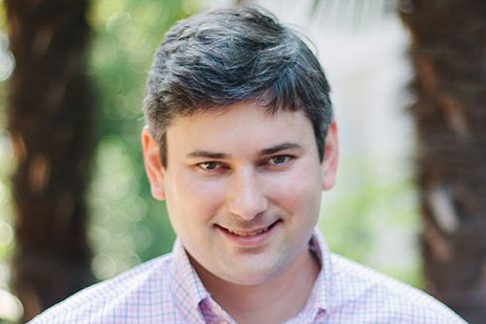
Most people probably think the media drives public conversation — that when people read things in newspapers or online, it helps set the agenda for what they are talking about with their peers. Now, a team of researchers including a Florida State University professor have the numbers to back the idea up.
The five-year study, scheduled for publication in the journal Science on Nov. 10, demonstrates that the news media causes Americans to take public stands on issues, join national policy conversations and express themselves publicly more often than they would otherwise.
The team found that if just three outlets reported on a major national policy topic such as immigration, the environment or jobs, the discussion of that topic on social media rose by as much as 62.7 percent, compared to a typical day’s volume over the course of a week.
“We wanted to determine, in a rigorous way, exactly what the effect of the media was on the national conversation,” said Benjamin Schneer, assistant professor of political science. “The results emphasize the important impact journalists can have on the national conversation and on democracy in America. What journalists do matters because it plays an important role in determining what people are talking and thinking about. Our study shows that this is even more true than we might have expected.”
Schneer was a part of the research team led by his former professor Gary King, the Albert J. Weatherhead III University Professor at Harvard University. Ariel White, an assistant professor at the Massachusetts Institute of Technology and a former student of King, also was a part of the team.
The study is the first large-scale, randomized media experiment ever conducted. The research sample included 48 small- to medium-size news outlets from across the country, many of which were represented by Media Consortium, a network of independent news organizations.
The outlets collaborated and formed groups of three to four outlets. Each outlet wrote, republished or promoted news reports on one of 11 broad policy topics including race, abortion and refugees. Stories were published during a two-week window. In order to achieve randomization, the research team flipped a coin to determine whether reports would be disseminated during week one or week two, essentially establishing a “control” week and a “treatment” week.
“Ultimately, our goals were to fit our experiment into their usual practices and also not to interfere with journalistic integrity,” Schneer said. “The breakthrough was to find an experimental design that allowed the outlets to retain control of what they published and that allowed us to retain control over when it was published.”
In both treatment and control weeks, the research team used tools and data from Harvard-based start-up Crimson Hexagon to monitor the national conversation in social media posts.
Researchers found that much of the increase in social media discussion during the treatment week occurred during the first two days of the experiment. For example, on the first day there was nearly a 20 percent increase in posts. Furthermore, the effects appeared to be the same across different groups of people. Researchers did not detect meaningful differences in the responses from people with varying political views, gender or from different regions of the country.
“Our first study suggests that small to medium outlets can have a significant impact — that you don’t have to be the New York Times to have a seat at the table when it comes to influencing what people are talking about on social media,” Schneer said. “One intriguing possibility is that collaboration across multiple outlets plays an important role in this process.”
Schneer said a follow-up study might look at this explicitly by experimentally varying when outlets work together versus when they work independently.
The research was supported by the nonprofit organization Voqal and Harvard’s Institute for Quantitative Social Sciences.




